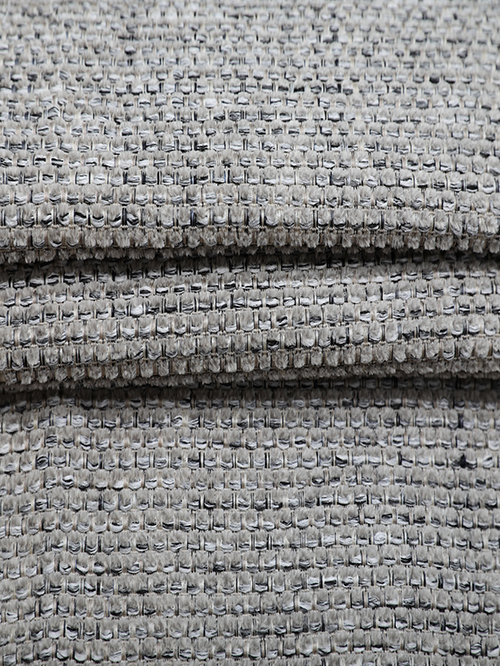Texture: Fabrics come in a wide range of textures, from smooth and sleek to plush and cozy. Leather, for example, has a sleek and polished appearance, while fabrics like chenille and velvet offer a softer and more luxurious texture. The texture of the fabric can contribute to the sofa's tactile appeal and visual interest.

Color and Pattern: The choice of fabric can determine the sofa's color and pattern, which play a crucial role in the room's decor. Some fabrics come in solid colors, allowing you to create a clean and minimalist look. Others feature patterns such as stripes, florals, or geometric designs, which can add personality and visual complexity to the sofa.
Formality and Style: Different fabrics convey different levels of formality and style. Leather sofas often exude sophistication and elegance, making them suitable for both traditional and modern settings. Fabrics like linen or cotton can create a more casual and relaxed feel. The fabric's sheen, pattern, and color also contribute to the sofa's style.
Light Reflection: Fabrics vary in how they reflect light. Leather, for instance, has a distinctive shine that can add a sense of luxury. Matte fabrics like cotton or certain synthetic blends have a softer, less reflective appearance.
Visual Weight: The fabric's color and pattern can influence the sofa's visual weight and how it fits into the room's overall design. Lighter colors and delicate patterns can make a sofa appear more visually lightweight, while darker colors and bold patterns can create a stronger visual presence.
Contrast and Coordination: The fabric you choose should harmonize with the room's existing color scheme and furniture. The right fabric can create contrast or complement other elements in the room, enhancing the overall aesthetic.
Aging and Patina: Some fabrics, like leather, develop a unique patina over time. This aging process can add character and charm to the sofa, giving it a lived-in and inviting appearance. Fabrics like cotton or linen may also develop a softer, more relaxed look with use.
Perceived Comfort: The appearance of a sofa's fabric can influence how comfortable it appears to be. Soft and cozy fabrics like velvet can visually convey comfort, while sleeker fabrics like leather may emphasize a modern and streamlined look.
Maintenance and Wear: Different fabrics can show wear and tear differently. Leather, for example, can develop a weathered and rugged appearance over time, enhancing its character. On the other hand, fabrics like microfiber tend to maintain a consistent appearance even with heavy use.
Seasonal Influence: Fabrics can evoke a seasonal vibe. Lighter fabrics and colors may feel more suitable for spring and summer, while warmer and heavier fabrics can create a cozy atmosphere for fall and winter.
When choosing a fabric, consider the existing decor of the room, your personal style preferences, and the overall ambiance you want to create. By selecting the right fabric, you can enhance the sofa's visual impact and ensure it complements the rest of your interior design.


 English
English Español
Español












 +86-135-11339226
+86-135-11339226 Haichang Sub-District Shuanglian Road No 20,HAINING,ZHEJIANG,314400 ,CHINA
Haichang Sub-District Shuanglian Road No 20,HAINING,ZHEJIANG,314400 ,CHINA +86-0573-80772212
+86-0573-80772212
